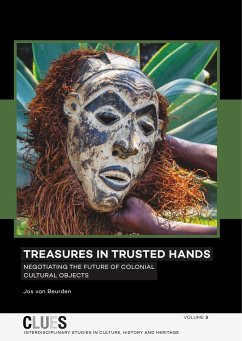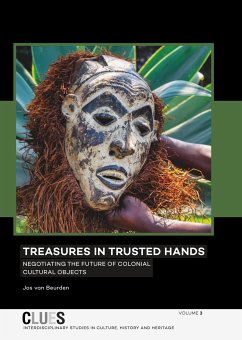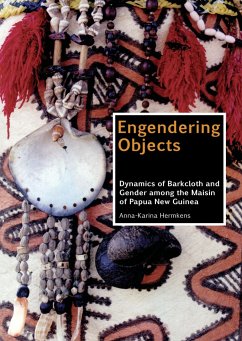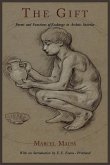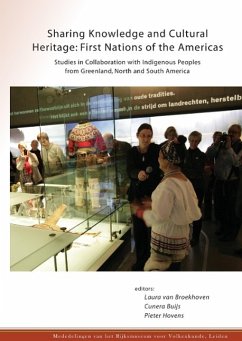This is the first study to examine in detail ritual objects known as 'Lamak', a fascinating and unique form of ephemeral material culture which is a prominent feature of Balinese creativity.A lamak is a long narrow ritual hanging that is an essential requirement at almost all rituals in Bali. It is hung from altars and shrines at temple festivals and on festive holy days. Made usually of palm leaves, it is by nature ephemeral and it is made time and again. Even though permanent forms of the lamak, made of cloth or coins, do exist, the ephemeral palm leaf form must be present. Sometimes reaching a length of several metres and decorated with a range of motifs, its most elaborate forms are made by specialist craftsmen and women.The lamak serves as base for offerings and attracts deities and deified ancestors to them. Decorative motifs representing sources of life are ordered according to Balinese concepts of the vertical structure of the cosmos. Best known among the motifs is the cili, a human figure in female form that symbolizes human fertility and regeneration. Through offerings and the active role of the lamak, worshippers offer thanks to their deities and request prosperity and protection. Despite decades of change and modernization that have affected all aspects of life in Bali, the essential role of the lamak has survived intact.Although there are many studies of Bali's internationally appreciated arts and crafts, this is the first one to examine in detail this fascinating and unique form of ephemeral material culture which is a prominent feature of Balinese creativity. The study answers the question: why do Balinese make lamak and why do they continue to make them time and again? It examines the use and function of the lamak in ritual, the motifs that decorate them, the materials and techniques to make them, regional and individual styles, and processes of change and commercialization.Contents1. Study of lamak1.1 Lamak in Bali anno 2014 and 20161.2 Subject and structure of the book1.3 Lamak and western scholarship1.4 Framework and inspiration1.5 Methodology2. The lamak as ritual object2.1 Inspiration2.2 Rituals in Bali2.3 What is a lamak?2.4 What do the Balinese do with lamak?2.5 Galungan and odalan2.6 What is the purpose of a lamak, what does it do?2.7 Conclusion3. Motifs of life3.1 Insight3.2 Motifs on lamak3.4 Relations within and among motifs3.5 Conclusion4. Ephemeral and permanent lamak4.1 Lamak makers at work4.2 Ephemeral and permanent lamak4.3 Palm leaf lamak4.4 Permanent lamak4.5 Ephemeral and permanent lamak compared4.6 Conclusion5. Lamak and their social network5.1 Ni Ketut Pilik, 1988 and 20135.2 Lamak and their social network5.3 Lamak makers and entrepeneurs5.4 Style: diversity and development5.5 Conclusion6. Why the Balinese make and remake lamak6.1 Lamak, ritual and ephemerality6.2 Lamak, visual communication and agency6.3 Interrelatedness of different aspects of lamak6.4 Continuities and change in relation to lamak6.5 The active life of a lamak
Hinweis: Dieser Artikel kann nur an eine deutsche Lieferadresse ausgeliefert werden.
Hinweis: Dieser Artikel kann nur an eine deutsche Lieferadresse ausgeliefert werden.



